ET Simulation Can Cause Significant Improvements in Technical Skill
Embryo Transfer (ET) Simulation Experience in Ghana
Embryo Transfer (ET) Simulation Experience
On December 10, 2024, the Fertility Society of Ghana (FERSOG), in collaboration with the American Society for Reproductive Medicine (ASRM), Ghana College of physicians and surgeons (GCPS), and Society of Obstetricians and Gynaecologists of Ghana (SOGOG), conducted an Embryo Transfer (ET) Simulation Experience for fertility physicians and practitioners in Ghana.
Photos of the 10th Dec 2024 Embryo Transfer (ET) Simulation Experience in Accra
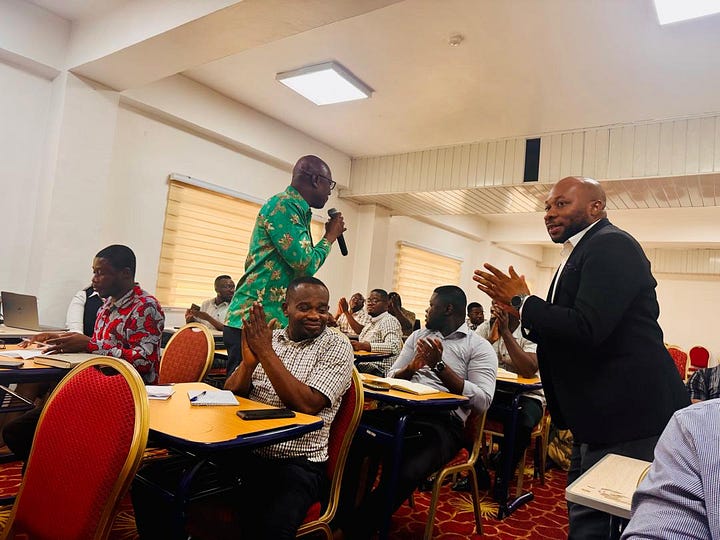
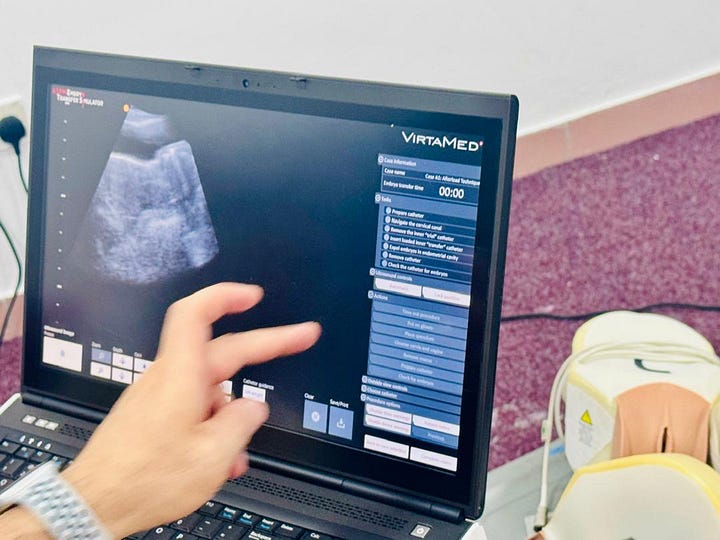
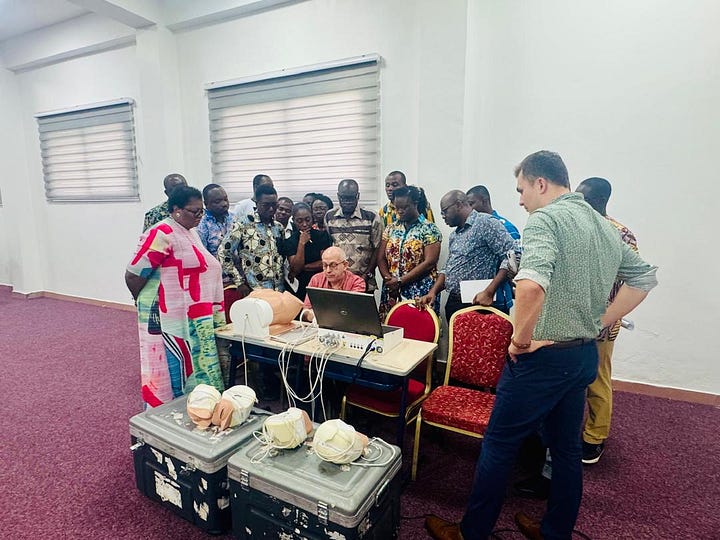
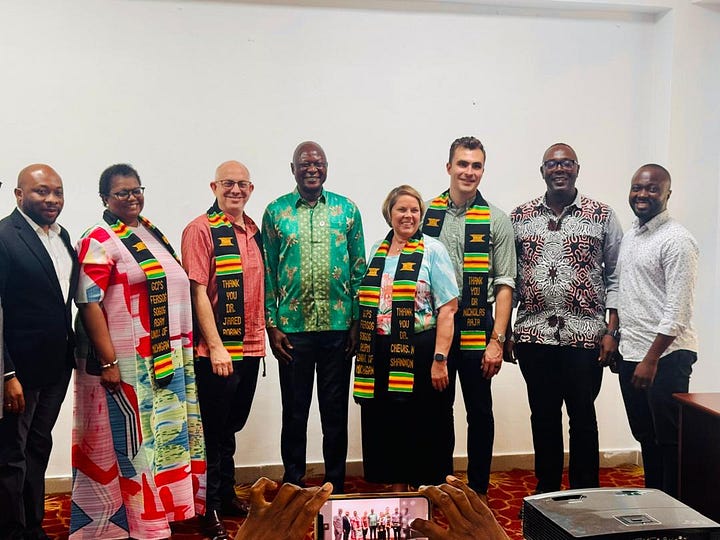
The Physician affects the outcome
The live birth rate following ET is influenced by the Physician performing the procedure. Standardised training in ET is thus important for residents and practitioners alike.
This is the first time we have had ET simulators in Ghana. The experience was attended by about 80 participants, most of whom had hands-on practical experience with the ASRM Embryo Transfer Simulator. Participants were introduced to the simulator and engaged in practical sessions, improving their technical proficiency and confidence in performing ET procedures.
Scientific Support for Simulation-Based ET Training
A notable study on Simulation-Based Training for Embryo Transfer (Fertility and Sterility Reports, 2023), evaluated the ASRM Embryo Transfer Simulator. It demonstrated the simulator's effectiveness in enhancing participants' technical skills and comfort levels, especially for those with limited prior experience. Repeated practice on simulated uterine cases allowed clinicians to improve proficiency and decrease procedure times, underscoring the tool’s relevance in clinical training.
Link - http://doaj.org/article/8dcbab1b924c401691910f37cd885f6a Simulation-based training for embryo transfer for clinicians with differing levels of expertise: an application of the American Society for Reproductive Medicine Embryo Transfer Simulator
The ASRM ET Simulator and the hands on session
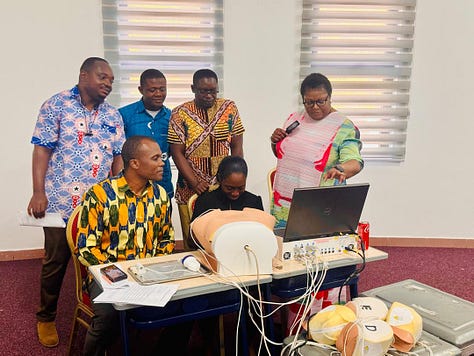
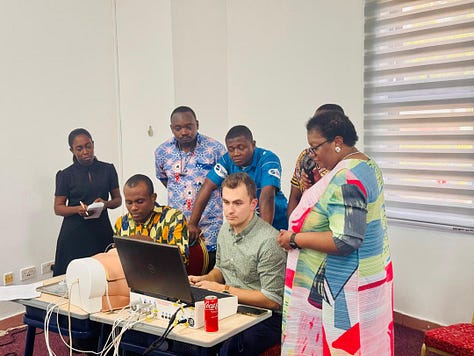
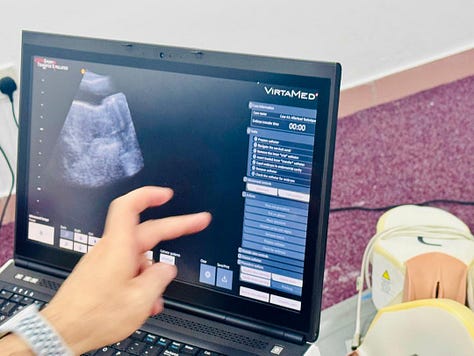
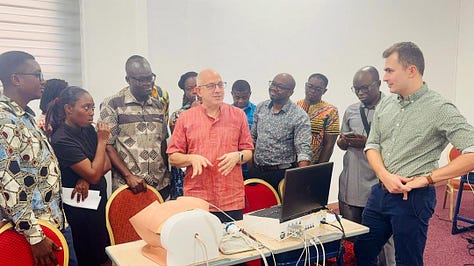
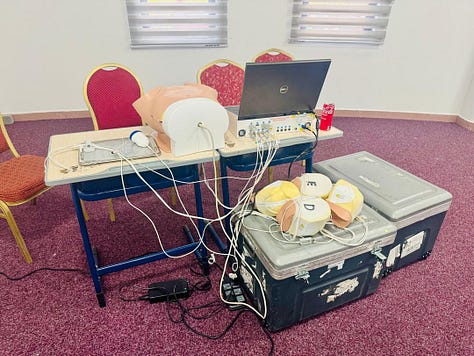
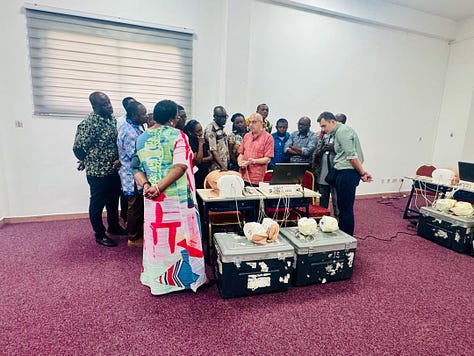
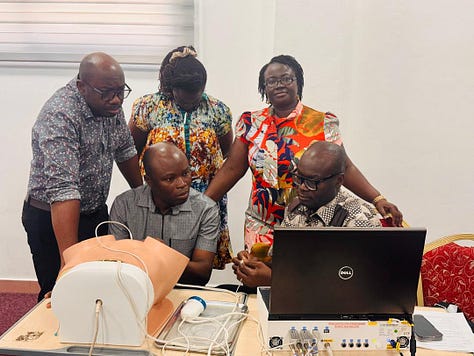
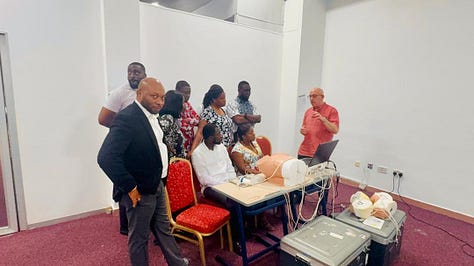
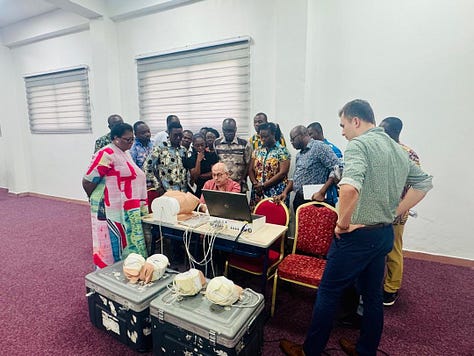
Key findings from the ASRM study include:
Skill Improvement: Significant gains in ET scores were observed across all groups, particularly among residents and mid-level practitioners. The most noticeable improvement was in handling challenging uterine cases. Residents experienced the most significant improvement in skills and confidence, reaching competency levels comparable to experienced practitioners by the end of training. While experienced clinicians consistently performed at a high level, they also benefited from enhanced efficiency and reduced procedure times during simulations.
Procedure Time: Repeated training sessions led to reduced case completion times, reflecting enhanced efficiency and a steep learning curve.
Physician Comfort Levels: Participants reported increased confidence in performing ETs after simulation-based training. This was especially true for difficult cases, where self-assessed confidence levels showed substantial growth.
Collaborative Achievements and Future Goals
The president of ASRM, who participated in the event, expressed delight at the success of the program, stating their commitment to expanding such collaborations and sharing expertise with fertility practitioners in Ghana.
Looking forward, the president of FERSOG Dr Adageba, revealed plans to establish permanent ET simulators in key cities such as Accra and Kumasi, ensuring widespread access to this vital training tool for fertility professionals in Ghana.
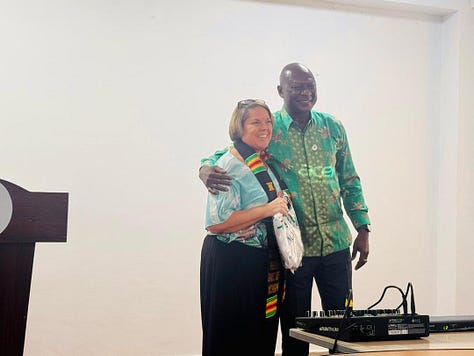

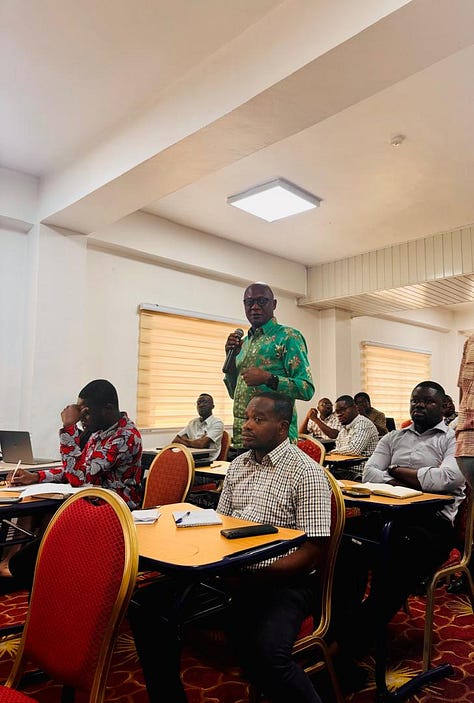
How can we utilise ET simulation in REI Training in Ghana?
Integration into Training Curricula:
Embryo transfer simulation can be a core component of our current REI fellowship programs and related certification courses.
Simulation-Based Assessments:
Using the ASRM ET Simulator as a tool to assess competency before allowing practitioners to perform live procedures or as a CPD as its being introduced into Ghana can help in skill improvement.
Repetition and Feedback:
Trainees can perform multiple practice sessions and receive detailed feedback, enabling continuous improvement. Thus having one each in Accra and Kumasi is useful.
Train in Realistic Challenges:
Incorporating complex cases into simulations, such as tight cervical stenosis or retroverted uterus, to prepare trainees for real-world difficulties.
Team-Based Training:
Physicians, embryologists and nurses to have combined training in simulations to practice teamwork and coordination during the procedure. FERSOG can draw up a standard operating procedure for this.
FERSOG can draw up a standard operating procedure ET and ET simulator training
Conclusion
Incorporating ET simulation into our reproductive endocrinology training program can significantly improve outcomes and patient safety in embryo transfer procedures. We hope that the ASRM ET Simulator will soon have a home in Ghana also.






This is really awesome. Great job to our Executive Members and organizers for putting this collaboration together.
I personally look forward to such collaboration for embryologists and a training center here in Ghana for embryologists.
The fellows need competent and parallel number of Embryologists to work efficiently.
Thanks Monica
Great comment on parallel competencies!
Yes the newsletter is for all cares. We welcome articles and commentary from you on your point of view.
Team level training is indeed the way to go.
Michael